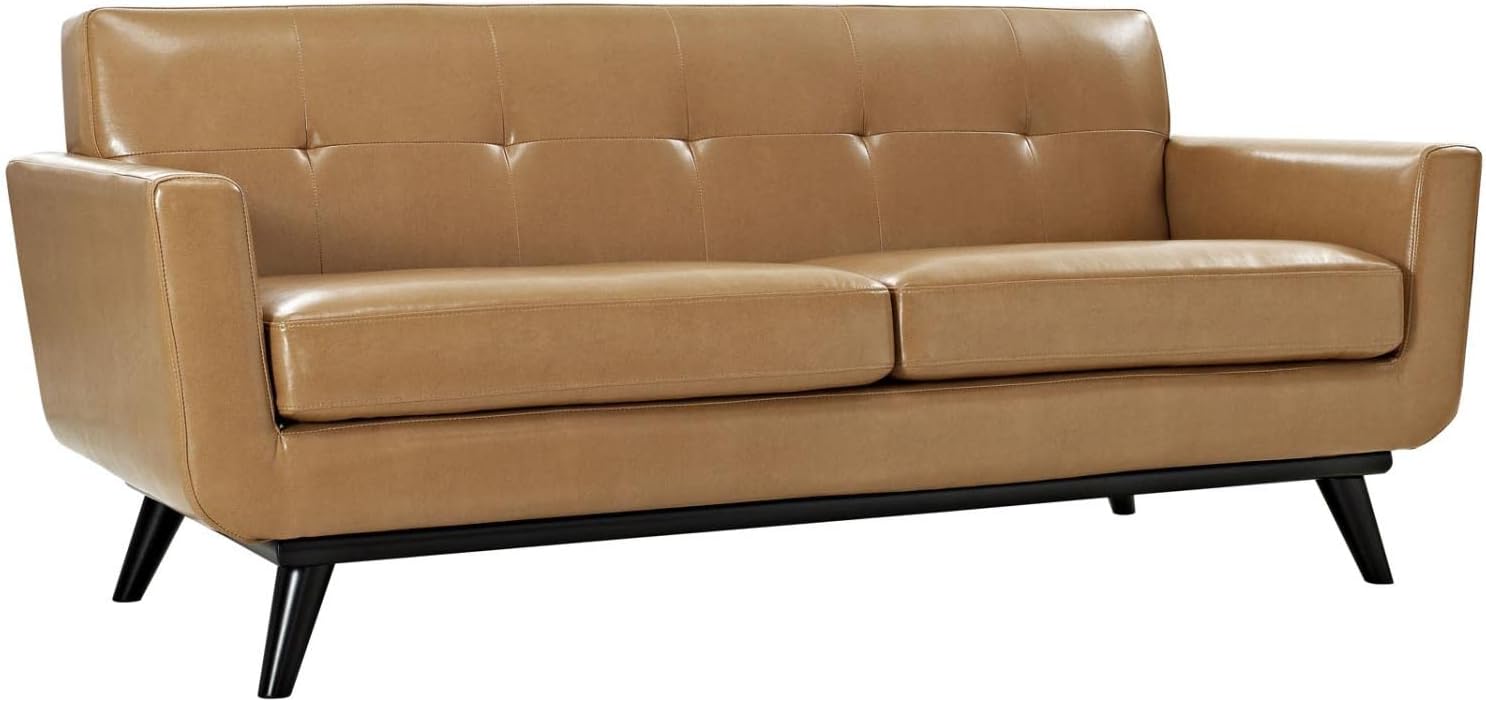Choosing the Perfect Sofa for Your Living Room
In a home, the living room serves as the lounge, where leisure takes precedence. Among the key furnishings, sofas and loveseats reign supreme, available in various configurations like three-piece sofas, sectional sofas, or loveseats. Manufacturers offer diverse categories, from ergonomic designs for back support to recliners with extendable features, and even mechanized or electrical options for adjustable elements.
“Sellers often stress that comfort is highly subjective,” and they’re right. Before investing in a sofa, it’s essential to pinpoint your preferences, whether it’s firmness levels or preferred seating positions. Whether you seek ergonomic lumbar support or casual relaxation, exploring the array of mechanical or electrical models and their relaxation settings is crucial.
Choosing a sofa isn’t merely a purchase but an investment. Several factors warrant consideration:
- Define Your Needs: Determine the sofa’s purpose, whether it’s for TV viewing, work, dining, or as a play area for kids or pets. Consider comfort, upholstery durability, and aesthetic appeal tailored to your lifestyle.
- Space Considerations: Measure your space accurately, considering room dimensions, doorways, passages, windows, and power points. Factor in the sofa’s size and layout options to ensure a suitable fit.
- Type of Sofa: Decide between sofas, loveseats, sectionals, or recliners based on space availability and seating requirements. Tailor the dimensions to fit your room without overwhelming it.
- Budget Allocation: Determine your budget while considering the sofa’s quality and longevity. Generally, higher prices correlate with better quality and durability.
- Upholstery Selection: Choose between leather or fabric upholstery based on preferences and lifestyle. Consider factors like durability, maintenance, and resistance to stains.
Best customer reviews:
 Once criteria are established, ensure the chosen loveseat recliner meets quality standards:
Once criteria are established, ensure the chosen loveseat recliner meets quality standards:
-
-
- Structure: Opt for hardwood frames like beechwood or maple for durability. Avoid metal or plastic structures and ensure proper reinforcement with transversal support bars.
- Suspension: Assess the comfort provided by steel springs or rubber straps, considering factors like elasticity and durability.
- Padding: Select cushion padding with high resilience (HR) for optimal comfort and longevity.
- Upholstery Quality: Check for quality stitching, material composition, and hidden craftsmanship to gauge overall durability and aesthetics.
-
Evaluate the loveseat’s comfort and resistance to abrasion, ease of maintenance, and overall design:
-
-
- Resistance to Abrasion: Look for fabrics with high abrasion resistance ratings to ensure longevity.
- Maintenance: Choose upholstery treated with protective coatings like Scotchguard or Teflon for easy cleaning and stain resistance.
- Comfort: Test the loveseat for comfort, ensuring proper support for the back and optimal seating angles.
-
Consider various loveseat recliner options based on ergonomics, profile, and comfort preferences:
-
-
- High Profile vs. Low Profile: Assess the ergonomic benefits of high-profile models for superior support versus the aesthetic appeal of low-profile designs.
- Comfort Features: Explore features like individual reclining options, integrated footrests, and adjustable profiles to tailor comfort to personal preferences.
-
Finally, consider pricing and shopping options, weighing department stores, specialty stores, and online retailers for the best value and selection. Avoid impulsive purchases and prioritize thorough research and informed decision-making to find the perfect loveseat recliner tailored to your needs and preferences.